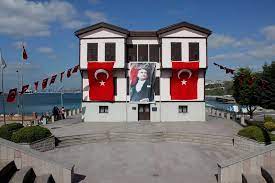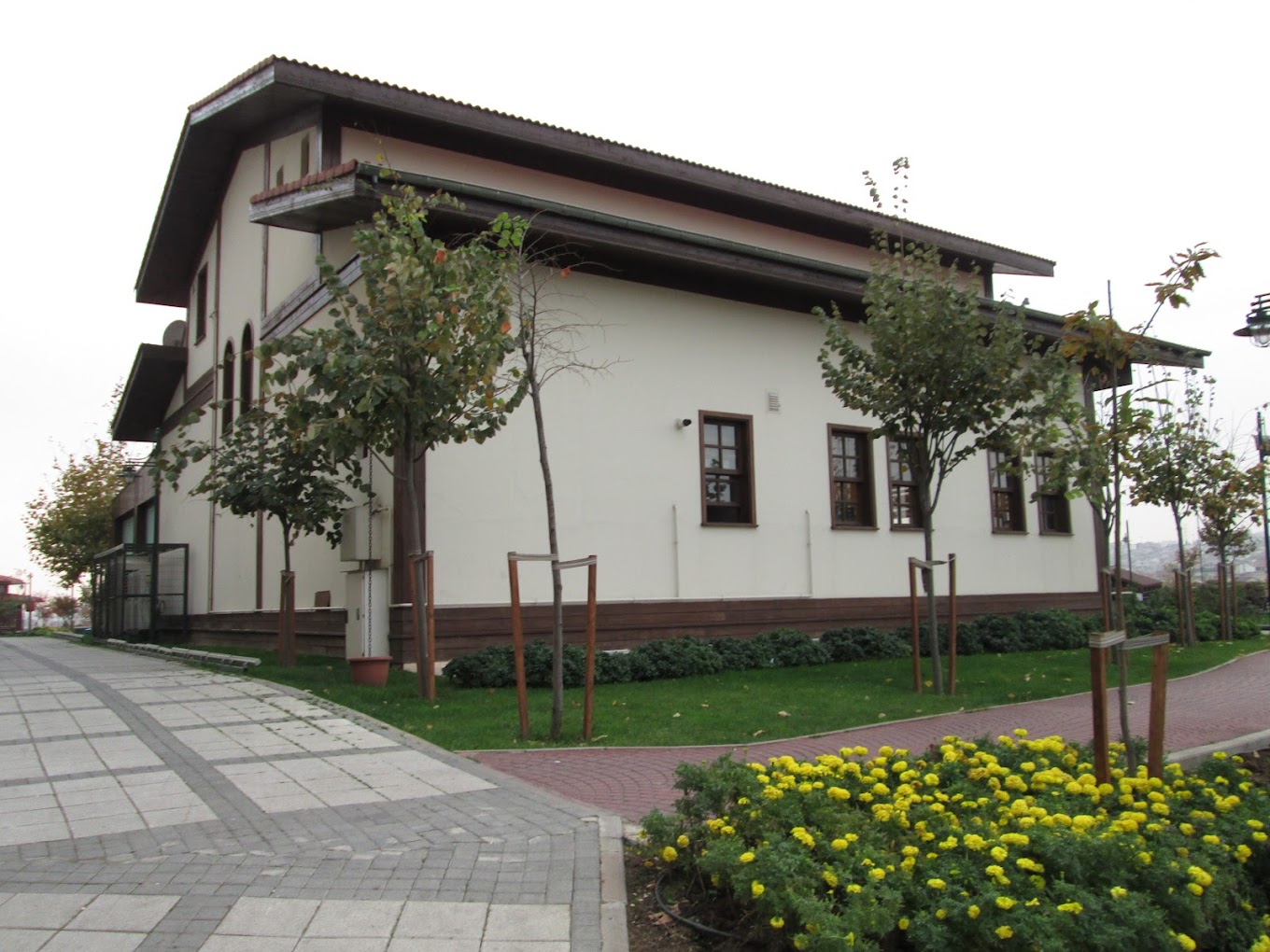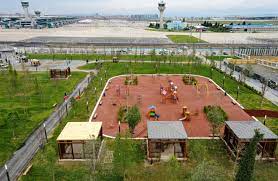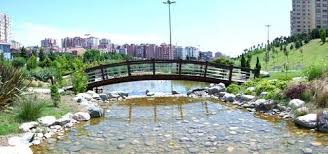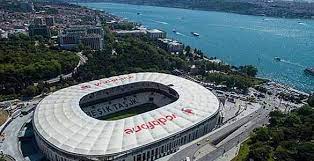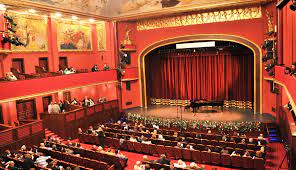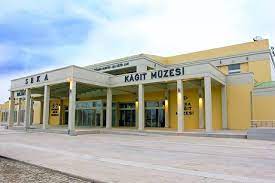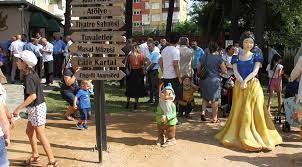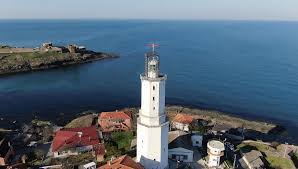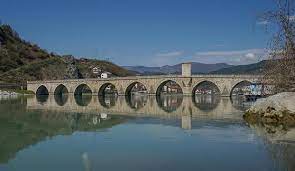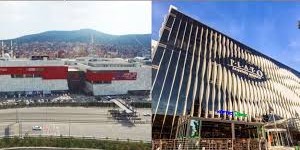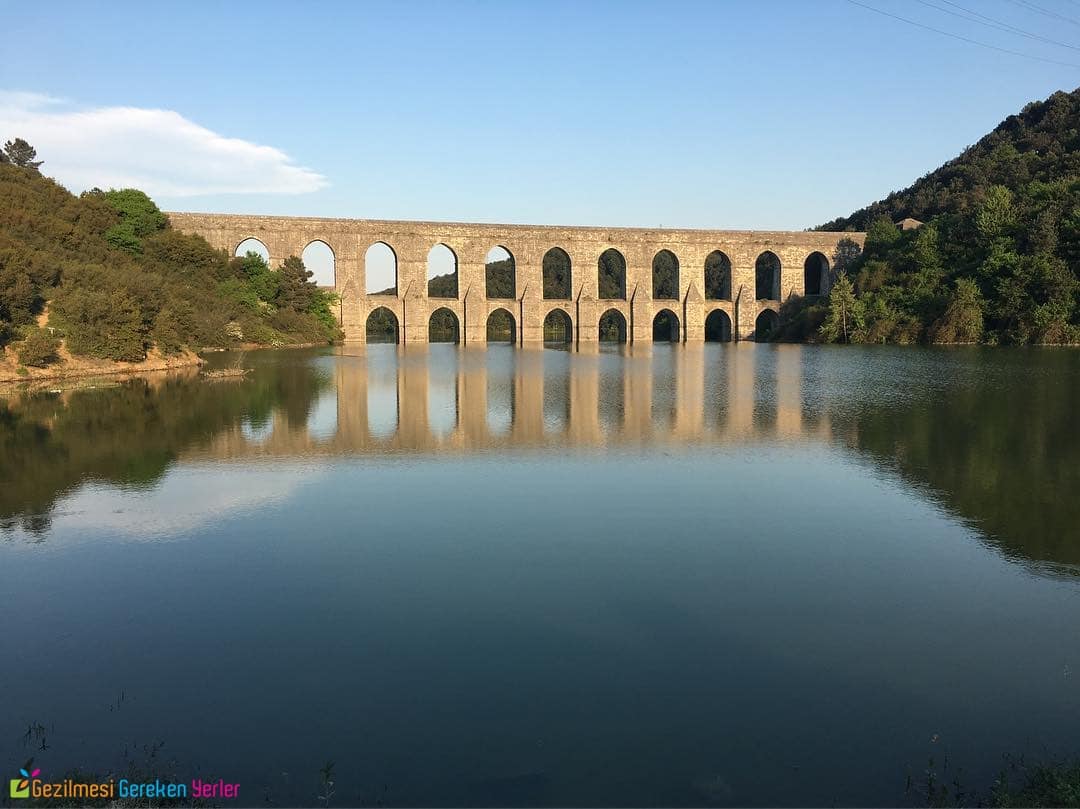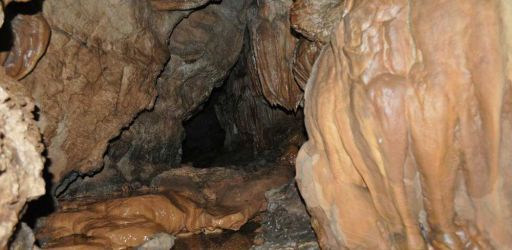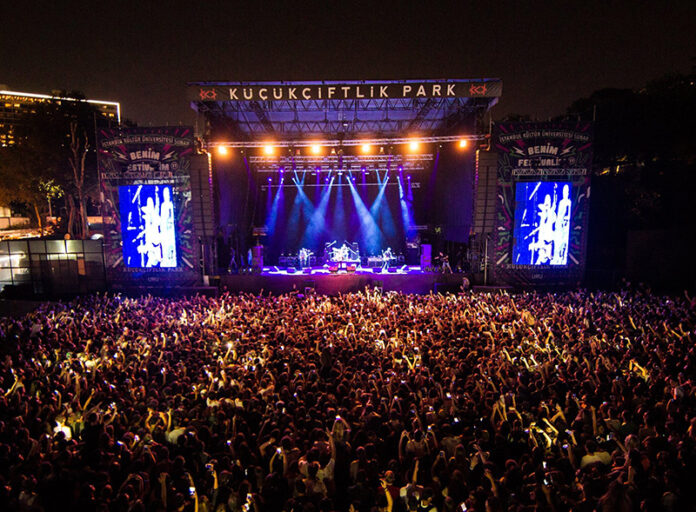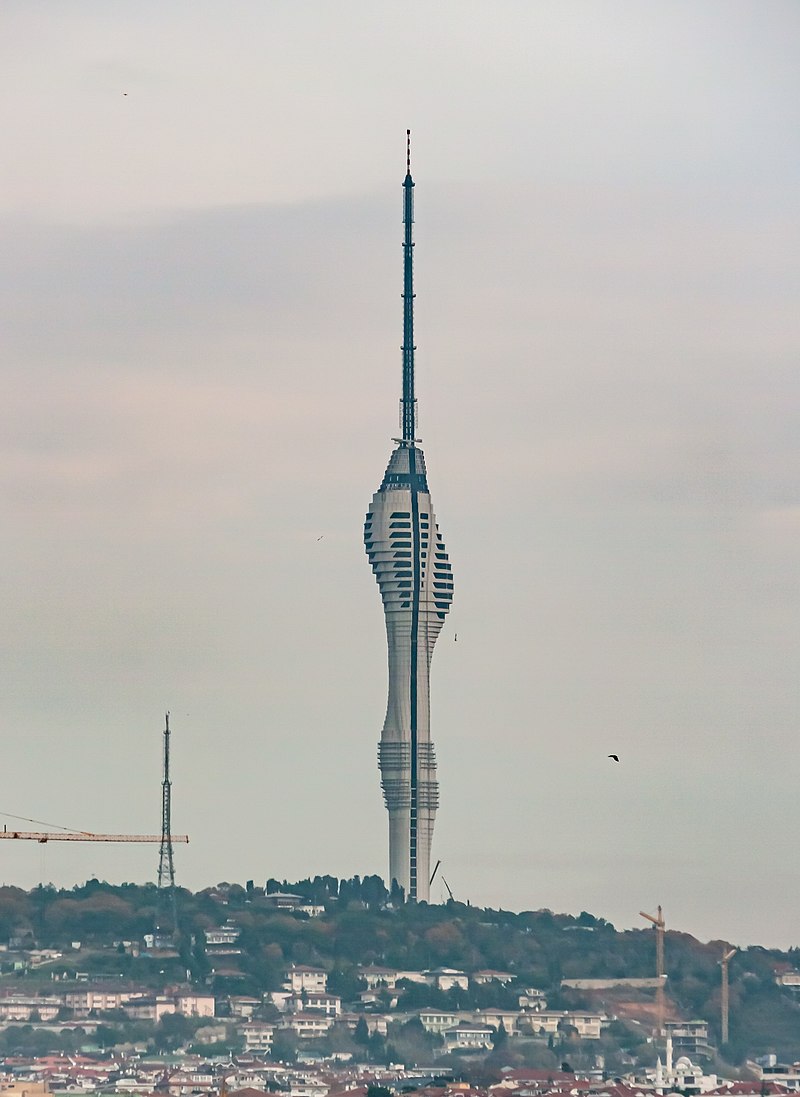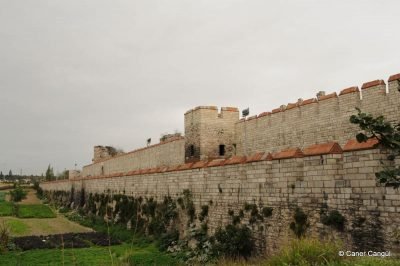Places to Visit in Istanbul
Places to Visit in Istanbul
There are many more places to visit in Istanbul, but let's start our article with the beautiful words of our Nobel Prize-winning writer Orhan Pamuk, who frequently describes Istanbul's fascinating attraction.
"Istanbul is a city like a dream. That's why I use the word 'magical.'" – Orhan Pamuk
- History of Istanbul
Ancient Period: Istanbul continued to exist as an important settlement in ancient times.
It was founded in the 7th century BC by the Greeks under the name of Byzantion (Byzantion).
Later it came under the rule of the Roman Empire and received the name Constantinople.
With the division of the Roman Empire into two, it became the capital of the Eastern Roman Empire (Byzantine Empire).
Middle Ages: Re-founded by the Roman Emperor Constantine in 330, Constantinople continued to exist as the capital of the Byzantine Empire.
During the Middle Ages, the city became the center of important events related to the Byzantine Empire.
It was captured by the Latin Empire in 1204 during the 4th Crusade and retaken by the Byzantines in 1261.
Ottoman Period: Conquered in 1453 by Mehmet II (Mehmet the Conqueror) as a result of the siege that ended the Byzantine Empire, Istanbul became the capital of the Ottoman Empire.
The Ottoman Empire ruled the city for 400 years.
During this period, Istanbul became the crossroads of world trade routes, and many cultural and religious monuments were built.
Republican Period: With the collapse of the Ottoman Empire and the establishment of the Republic of Turkey after World War I, Istanbul became the capital of the Republic of Turkey.
Istanbul remained the capital of Turkey until 1923, when Ankara was made the capital by Mustafa Kemal Ataturk, the founder of the Republic of Turkey.
Modern Period: Istanbul continued to grow in the modern period as the largest and most important city in Turkey.
The city has become a worldwide center of attraction with its historical and cultural riches.
Today, Istanbul is a large metropolitan city with a great diversity, both in terms of history and current lifestyle.
The city has played an important role in different periods of world history, and therefore the history of Istanbul requires a fairly thorough study.
We will present the list of Places to Visit in Istanbul and we will visit Istanbul together.
Now, if you're ready, let's get started.
List of Places to Visit in Istanbul
- Topkapi Palace
Topkapı Palace, which was built by Fatih Sultan Mehmet Han in 1460, was inhabited by the sultans and the people of the palace until the 19th century.
With the end of the reign, it was turned into a museum in 1924 by the order of Mustafa Kemal Atatürk.
Topkapı Palace is a historical treasure where unique collections are exhibited today.
Imperial Treasury, Chinese and Japanese Porcelain, Sacred Relics, Weapons, European Porcelain and Glass, Sultan's Dresses and Portraits, Silverware, Copper and Tombak Kitchen Utensils and Cardigan Topkapi Palace is open to visitors every day of the week except Tuesdays.
In the summer season of April 1 – October 2, Topkapı Palace museum entrance hours are between 09:00 and 18:00.
In the winter season, visiting hours are updated as 09.00 – 16.45.
- Hagia Sophia Mosque
Hagia Sophia Mosque Hagia Sophia Museum, one of the most visited and most important museums in Turkey and the world, was built by Emperor Justinian.
The construction of the Hagia Sophia church was started in 527 by the architects Anthemios and Isidoros, and was completed in 537 as a result of 10 years of work.
After Fatih Sultan Mehmet Han conquered Istanbul, the building, which was used as a church, was converted into a mosque.
In 1935, with the order of Mustafa Kemal Atatürk and the decision of the Council of Ministers, the Hagia Sophia Church started to serve as a museum.
With the decision taken in 2020, it was reopened to worship as a mosque as a testament of Fatih Sultan Mehmet Han
- Hagia Irene Church
Hagia Irene Church is also known as Hagia Irene Church (Hagia Eirene), located in the garden of Topkapi Palace.
It is a church of historical importance in Istanbul.
Hagia Irene Church from the Roman period 4. At the beginning of the 1st century. It was built during the time of Constantine.
Hagia Irene, located in the Topkapı Palace Garden and in the same courtyard wall as the Hagia Sophia mosque, was burned with Sympson Zenon next to him during the Nika Uprising.
Emperor 1. In addition to Hagia Sophia, Justinian also rebuilt Hagia Irene.
Hagia Irene, which the Byzantines called the Partikhane Chapel, remained inthe Sur-i Sultani surrounding Topkapı Palace after the conquest of Istanbul, so there was no significant architectural change because it was not converted into a mosque.
Today, Hagia Irene Church especially organizes Concerts, Exhibitions and Special Events.
It is described as an important venue of the Istanbul Music Festival.
- Basilica Cistern
The Basilica Cistern, located to the south of Hagia Sophia, was built by the Byzantine Emperor Justinian I.
The cistern, which is 140 meters long and 70 meters wide, has a water storage capacity of 100 thousand tons.
There are 336 columns in the Basilica Cistern and these columns, which are arranged 4.80 meters apart from each other, are arranged in 12 rows of 28 columns.
Medusa Head, one of the greatest works of the Roman Period, is the most interesting point of visit of the Basilica Cistern.
The Basilica Cistern has been used as an important location for many movies, TV series, novels and books, especially in Dan Borw's novel "Inferno".
The novel was adapted for the big screen in 2016, a movie starring the famous American actor Tom Hanks.
The Basilica Cistern is open to visitors every day of the week and can be visited between 09:00 in the morning and 17:30 in the evening.
- Sultanahmet Square
Sultanahmet Square refers to a central square located in the historical peninsula of Istanbul and where many important historical and tourist attractions are located.
Sultanahmet Square was known as Horse Square because it was used as a Hippodrome during the Roman Empire.
Today, the remains are the Serpentine Column and the Ancient Egyptian obelisk.
In 390 AD, the Roman Emperor 1. It was brought from Egypt by Theodosius and erected in its current location.
Sultanahmet Square is a center with many important historical and cultural sites.
Some of the important buildings around Sultanahmet Square are:
Hagia Sophia: It is a historical building built in 537 by the Byzantine Emperor Justinian I and later converted into a mosque.
Blue Mosque: (Blue Mosque) was built in the 17th century and is famous for its golden dome and blue tiles.
Topkapi Palace: It is the historic palace of the Ottoman Empire and is famous for its rich collection, gardens, and landscapes.
Istanbul Archaeological Museums: A large museum complex consisting of three separate museums where ancient artifacts are exhibited.
Sultanahmet Square is an indispensable spot for tourists in Istanbul.
It offers a unique experience to visitors with its historical and cultural riches.
- Gulhane Park
Gülhane Park is a historical park located in Istanbul.
Gülhane Park, which comes to our minds with Nazım Hikmet's poem "Walnut Tree" for Gülhane Park and the lines "I am a walnut tree in Gülhane Park", which was later adapted as a song by Cem Karaca, is among the places to visit in Istanbul.
This park is located in the southeast of the historical peninsula of the city and one entrance is in Sultanahmet and the other entrance is in Sarayburnu.
The history of Gulhane Park is quite old and is associated with places in the Byzantine period before the conquest of Istanbul.
The name of this historical siteis known as "Gülhane" because it was used at a time when roses were grown in it and there were flower gardens that adorned the surroundings of the palace.
During the Ottoman Empire, this park, which was used as a part of Topkapi Palace, witnessed various historical events and events.
In the 19th century, it was one of the places where important reforms were discussed during the Tanzimat Period.
The Tanzimat Edict was read on November 3, 1839 in Gülhane Park, thus beginning the process of modernization in the Ottoman Empire.
Gülhane Park was opened to the public in 1953 and is now used as a public space.
The park provides visitors with the opportunity to relax, hike, and explore historical structures.
There are also historical buildings from the Ottoman period inside the park, so it can be an interesting place for history and nature lovers.
Gülhane Park still serves visitors today as an important area reflecting the historical and cultural texture of Istanbul.
- Cemberlitas
Cemberlitas is one of the historical and touristic districts of Istanbul.
The neighborhood is located on the European side of Istanbul and is located in the western part of the historical peninsula.
The Cemberlitas Column was erected by the Roman Emperor Constantine in 330 when Istanbul was the capital of the Roman Empire.
This column has become an important symbol in the center of the city, which was once known as Constantinople.
When it was first built, there was a statue of Apollo saluting the rising sun on the column, but in 330, Emperor Constantine had his own statue placed on his milk.
Then the statues of Julianus and Theodosius, who were also Byzantine emperors, were placed.
The column was destroyed as a result of a great hurricane in 1107 and 1. Alexios repaired the column and had a large cross placed on it.
However, the original structure of the column was damaged over time and was repaired by Yavuz Sultan Selim, the Ottoman Sultan.
During the Ottoman period, the column suffered a great fire, and the marbles of the column were damaged, so Sultan 2. Mustafa strengthened it by wrapping it with iron hoops.
Çemberlitaş is an important district that reflects the historical and cultural heritage of Istanbul and still attracts visitors as a symbol of the district.
- Grand Bazaar
Grand Bazaar The history of the Grand Bazaar, which is among the oldest trade centers in the world, dates back to the Byzantine period.
The bazaar, which was accepted as the trade center of the Ottoman period, was first expanded during the reign of Fatih Sultan Mehmet Han, and after the expansion works, a bazaar consisting of 15 sections was added to the bazaar.
The bazaar, which had its most glorious periods during the reign of Suleiman the Magnificent, had more than 4 thousand shops, more than 2 thousand cells, 497 cabinets, 24 inns, 16 fountains, 12 cellars, 8 wells and 2 fountains.
The Grand Bazaar, which was badly damaged after the fires and earthquakes, was restored by Abdulhamid II and regained its current appearance.
The Grand Bazaar has 8 entrance gates.
The most famous of these gates are Beyazıt, Nuruosmaniye, jewelers and second-hand booksellers.
Each door is named according to the product traded at the entrance.
The Grand Bazaar, which was built on 47 thousand square meters, operates every day except Sundays.
You can go to the bazaar, which is also closed on public holidays, between 09.00 and 19.00.
- Spice Bazaar
The Spice Bazaar was built in 1661 by Hatice Turhan Sultan, the mother of Sultan Murat IV, by the architect Kazım Ağa.
It was built as two bazaars the Spice Bazaar.
The place where the two bazaars meet is called 'Prayer Square'.
On the upper floors of the bazaar, which consists of three floors, there were courts that resolved commercial disputes during the Ottoman period.
You can visit the Spice Bazaar, which is open every day of the week, between 09.30 and 19.00 on Sundays and between 08.00 and 19.30 on other days.
On October 29 and religious holidays, the bazaar is closed
- Yedikule Dungeons
Yedikule Dungeons is a historical building complex located in Istanbul and is also known as Yedikule Fortress today.
Yedikule Fortress is located on the historical walls of Istanbul and was used for defense purposes in different periods of the city.
General information about the history of Yedikule Dungeons:
Construction Date: Yedikule Dungeons were built between 1458-1459 by Mehmet II (Fatih Sultan Mehmet).
It was built to protect the city after the conquest of Istanbul.
Building and Architecture: Yedikule Dungeons draws attention with its seven round bastions.
The purpose of the structure is to protect the city from attacks from the sea.
The dungeons of Yedikule Dungeons were also used for this purpose.
Dungeons: The dungeons in Yedikule Fortress were historically places where prisoners were imprisoned and tortured.
Dungeons were used for spies, rebels, and other criminals, especially during the Ottoman Empire.
The conditions of the incarcerated were often harsh and contrary to human rights.
Purpose of Use: Yedikule Dungeons were used for military purposes in different periods throughout history.
It was also used as a prison and warehouse in the last periods of the Ottoman Empire.
In addition, the fortress served as a cannon casting workshop during the reign of Sultan Mahmud II.
Restoration and Visit: Today, Yedikule Fortress and its dungeons are opened to visitors as a museum.
Visitors can see the historical structure of the fortress and the dungeons.
The restoration of the fortress was carried out with the aim of preserving the historical and cultural heritage.
Yedikule Dungeons is an important structure related to Istanbul's rich history and defense systems. Dungeons are also an important part of this building complex and are of historical and cultural interest.
- Pierre Loti Tepesi
Pierre Loti Hill is a hill located in the Eyüp district of Istanbul and has a magnificent view.
The hill is named after the French writer Pierre Loti, who came to Istanbul many times towards the end of the 19th century.
Pierre Loti was a writer who loved Istanbul very much and he often came here and spent time on this hill.
A café and restaurant are located on the hill, offering visitors a stunning view of the Bosphorus Strait.
Piyerloti Hill has historical and cultural significance and is a popular spot for visitors who want to see the beauties of Istanbul.
Going to the top of the hill is usually done by cable car and offers a great opportunity to observe the beautiful panoramic views of the Bosphorus and the Golden Horn (Golden Horn) from the top.
- Galata Tower
Galata Tower is located in the Beyoglu district of Istanbul, on the opposite shore of the Bosphorus, overlooking the historical peninsula of Istanbul.
Galata Tower has played an important role in the city's history and has been used in many different periods.
Some important information about Galata Tower:
Although the exact date of construction of the Galata Tower is not known, it is thought to have been built by the Genoese in the 14th century.
She was first known by the name "Christea Turris".
Throughout history, Galata Tower has been used for different purposes.
It was used as an observation tower, fire watchtower, maritime navigation beacon (lighthouse), and even a prison.
Galata Tower has been damaged over time and has been repaired many times.
The last major restoration was carried out in the late 1960s.
Galata Tower is about 67 meters high.
It is possible to see the magnificent view of Istanbul by climbing to the summit.
Galata Tower is an important structure that contributes to the rich history and beauty of Istanbul.
It is a must-see tourist spot for visitors to the city.
Since these places are the center of Istanbul, you can easily reach the desired locations, Istanbul Airport (IST) and Istanbul Sabiha Gökçen Airport (SAW) on time.
Transportation Options: You can easily reach Istanbul Airport (IST) and Sabiha Gökçen Airport (SAW) by using public transportation options, Municipal Buses, Metro and Tram.
Before using these lines, you should check and select the appropriate timetables for your trip on the website.
Air transfer lines: You can reach Istanbul Airport (IST) and Istanbul Sabiha Gökçen Airport (SAW) comfortably and effortlessly with your Airport Transfer reservations made on the Airtransferlines website.
With Airtransferlines, it provides a comfortable, unique Airport Transfer experience with the latest model luxury vehicles.
Click www.airtransferlines.com to take advantage of the advantages of Airtransferlines, to find the right vehicle and driver for you with a wide range of transfer options, to get information about your destination or to make a reservation.
AIRTRANSFERLINES is your personal transport advisor.
Posts you might like
Are you a professional driver? Become a ATL Driver in your City
Join our driver team and be a part of the global ATL experience. ATL connects you with travelers who need a lift from the airport or port and desire a warm introduction to the city.
SIGNUP NOW!


